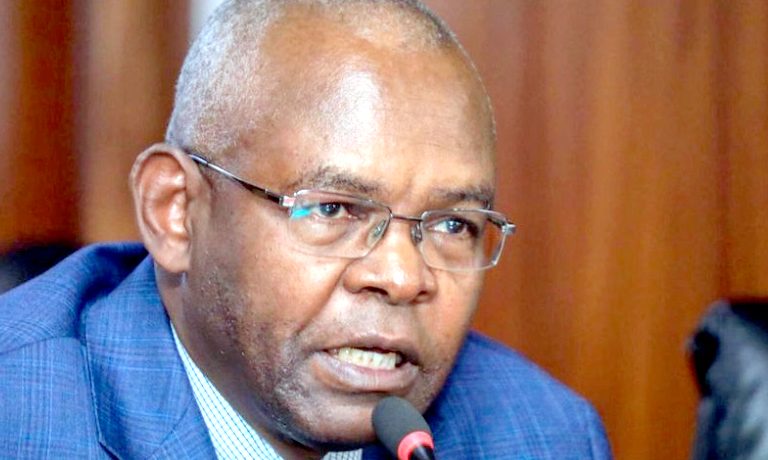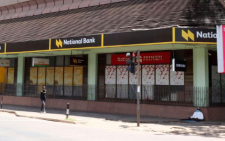CBK cuts key rate to 9.75%, boosts cheaper loans hope

Central Bank of Kenya (CBK) has doubled down on its efforts to lower interest rates on commercial bank loans by once again slashing its key benchmark lending rate to 9.75 per cent, marking the first single digit in two years.
The country had a Central Bank Rate (CBR) of 9.5 per cent in June of 2023, but has ever since been on an upwards trajectory until August last year.
The new 25 basis points reduction, made by the regulator’s monetary policy committee (MPC) on June 10, 2025, marks the fifth consecutive time that the apex bank has lowered the rate in a bid to enable commercial banks to offer affordable loans to the private sector.
Central Bank Governor Kamau Thugge said the decision was largely influenced by the need to stimulate economic growth, reduce inflationary pressures and the fact that other central banks have continued to lower their lending rates.
“The committee concluded that there was scope for a further easing of the monetary policy stance to augment the previous policy actions aimed at stimulating lending by banks to the private sector and supporting economic activity, while ensuring inflationary expectations remain firmly anchored, and the exchange rate remains stable,” he said.
Last month, Kenya’s overall inflation declined to 3.8 per cent from 4.1 per cent in April, to remain below the mid-point of the target range of 5±2.5 per cent.
Economic Survey 2025 shows that the performance of the economy slowed down in 2024, with real gross domestic product growing by 4.7 per cent compared to 5.7 per cent in 2023, mainly reflecting deceleration in growth in most sectors of the economy.
The new reduction came at a pivotal time when the banks generally continued to adhere to the set guidelines.
According to the regulator, there was a notable growth in commercial bank lending to the private sector, which increased to 2 per cent in May 2025 compared to the 0.4 per cent in April, and -2.9 per cent in January 2025.
Exchange rate valuation
“This reflects improved demand in line with the declining lending interest rates, and dissipation of exchange rate valuation effects on foreign currency-denominated loans following the appreciation of the Shilling,” Thugge said in the MPC statement.
Average commercial banks’ lending rates also declined to 15.4 per cent in May 2025, from 15.7 per cent in April and 17.2 per cent in November 2024.
The reduction in the lending rates might also have been influenced by the close monitoring by legislatures, who had put banks on the spot for overpricing their loans and prioritising the government securities over the private sector.
In March, while appearing before the National Assembly Departmental Committee on Finance and National Planning, the Kenya Bankers Association (KBA) was put to task over the high lending rates by commercial banks despite the regulator progressively lowering the base rate.
As a result of the high rates, smaller banks significantly lowered their rates to net in a significant portion of the private sector, a factor which could arguably have contributed to the growth in credit extension.
At the same time, the regulator, through the MPC statement, highlights that the ratio of gross non-performing loans (NPLs) to gross loans marginally increased to 17.6 per cent in April 2025 compared to 17.2 per cent in February.
“Increases in NPLs were noted in trade, personal and household, tourism and hotels, and building and construction. Banks have continued to make adequate provisions for the NPLs,” Thugge highlights. In the new CBR, businesses are poised to record growth due to affordable loans; if at all, banks will follow suit.
The same might as well be thwarted by the growing rate of NPLs, which is a key determinant of the lending rates by the banks.
Most businesses, according to KBA, have been citing the factor of pending bills as the leading contributors to their cash flow crisis; however, the National Treasury is set to start paying the bills from this month.















